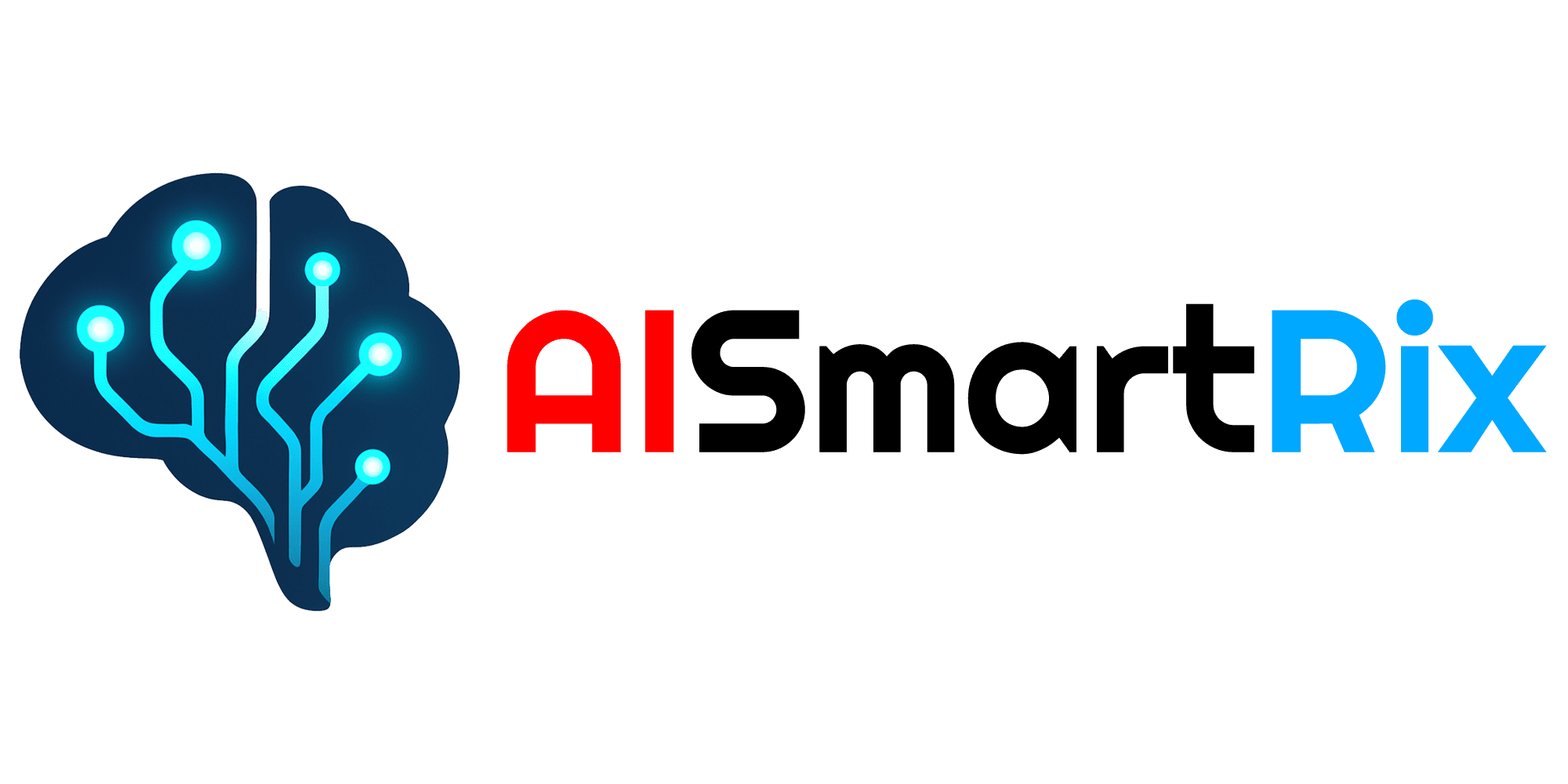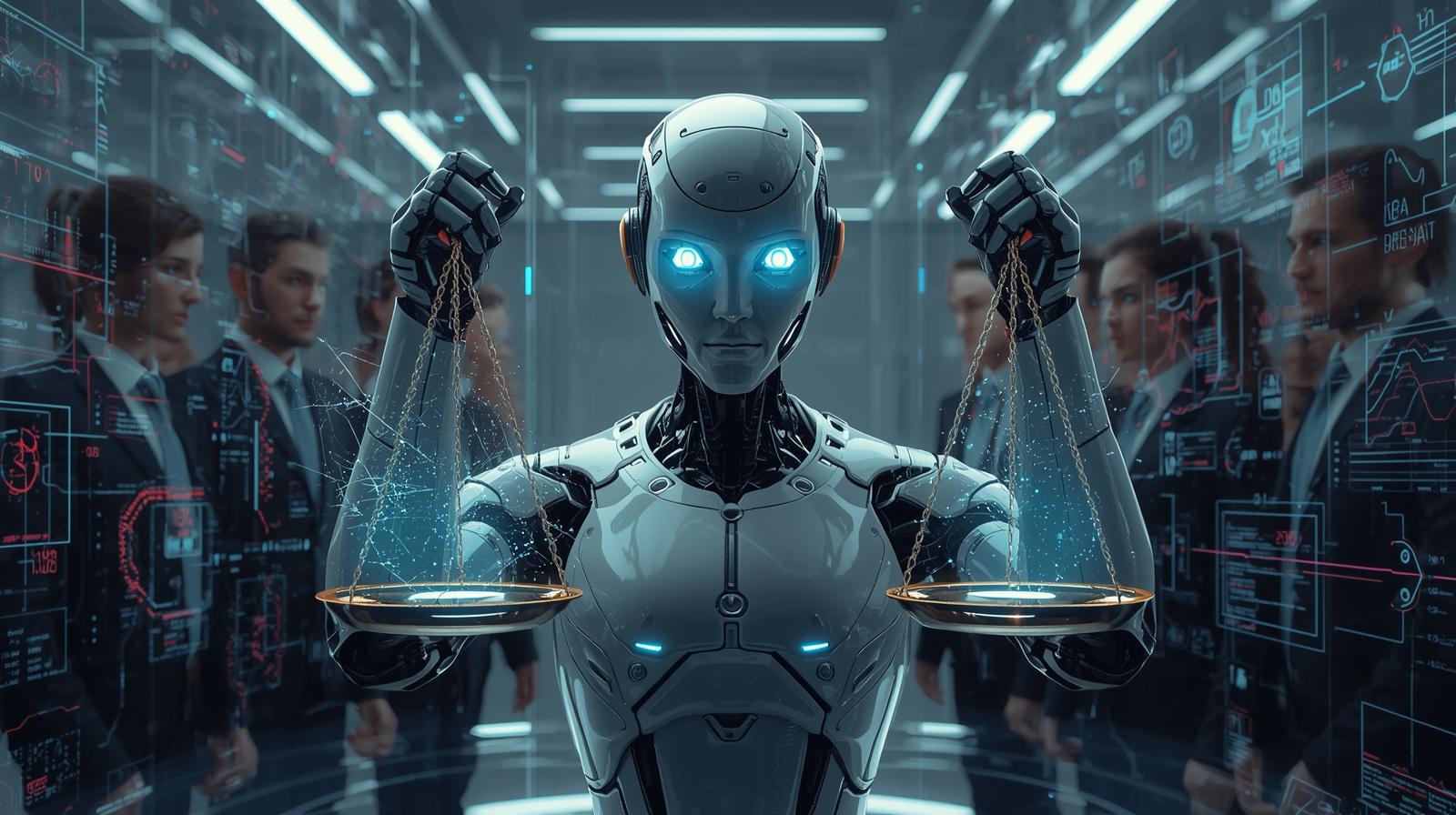The Ethics of AI: Can We Teach Machines Right from Wrong?
Artificial Intelligence (AI) is advancing at an unprecedented pace, transforming industries, reshaping economies, and redefining everyday life. Yet, as AI systems become more autonomous, the question of ethics grows increasingly urgent. Can machines understand morality? Can they make decisions aligned with human values? This is not just a philosophical question—it has practical implications for governance, technology, and society.
In this article, we explore how AI ethics is being developed, challenges in teaching morality to machines, real-world applications, and the future of responsible AI in 2025 and beyond.
1. Understanding AI Ethics
AI ethics involves designing, deploying, and regulating intelligent systems to ensure their decisions align with human moral standards. Key areas include:
- Decision-making fairness: Avoiding bias in algorithms that affect hiring, loans, or law enforcement.
- Transparency: Ensuring AI systems explain their actions to humans.
- Accountability: Determining who is responsible when AI causes harm.
- Privacy protection: Safeguarding user data in increasingly intelligent systems.
The goal of AI ethics is to create trustworthy AI that benefits society without causing unintended harm.
2. Can Machines Learn Right from Wrong?
Teaching AI ethics is complex because:
- Moral frameworks vary: Different cultures, religions, and societies have diverse ethical standards.
- Context matters: What is “right” in one situation may be “wrong” in another.
- Data-driven limitations: AI relies on historical data, which can embed human biases and ethical blind spots.
Researchers are exploring solutions like reinforcement learning with ethical constraints, value alignment techniques, and human-in-the-loop systems, where humans supervise AI decisions to ensure moral compliance.
3. Real-World Applications and Ethical Challenges
AI is already impacting critical sectors where ethics are paramount:
- Healthcare: AI algorithms help diagnose illnesses and recommend treatments, raising questions about consent, bias, and patient safety.
- Autonomous vehicles: Self-driving cars must make split-second moral decisions in life-or-death scenarios.
- Finance: AI-driven lending and investment platforms must avoid discriminatory practices.
- Content moderation: Social media platforms use AI to detect harmful content, balancing free speech with public safety.
Each case illustrates that ethical design is not optional—it’s essential for adoption and trust.
4. Bias, Accountability, and Regulation
Ethical AI is also about mitigating bias and ensuring accountability:
- Bias detection: Algorithms can inherit human prejudice from training data. Continuous auditing is necessary to ensure fairness.
- Explainability: AI should provide clear reasoning for its decisions to allow human review.
- Regulatory frameworks: Governments are introducing AI ethics guidelines, like the EU AI Act, to enforce accountability and safety.
By embedding ethics in AI, we can minimize harm and prevent misuse in sensitive applications.
5. Philosophical and Cultural Considerations
Teaching machines ethics raises deep philosophical questions:
- Moral relativism vs. universal principles: Should AI follow universal ethical standards, or adapt to local norms?
- Human-AI collaboration: Can AI truly understand human values, or will it always rely on programmed rules?
- Autonomy vs. control: How much freedom should AI have in making moral decisions independently?
These discussions are critical for responsible innovation and global consensus on AI governance.
6. The Future of Ethical AI
Looking forward, AI ethics will evolve alongside technology:
- Global cooperation: International standards for ethical AI will emerge, guiding development across borders.
- Advanced moral reasoning: AI may use cognitive architectures to weigh consequences, fairness, and human values.
- Human-centered AI: Systems will prioritize empathy, societal benefit, and ethical alignment in every decision.
- AI auditing tools: Automated frameworks will continuously monitor AI behavior, detect biases, and suggest corrections.
Ethical AI will be a cornerstone of responsible innovation, ensuring that intelligent machines serve humanity positively.
Conclusion
Teaching AI right from wrong is not just a technical challenge—it is a societal imperative. By integrating ethics into algorithms, prioritizing fairness, accountability, and transparency, we can harness AI’s potential while safeguarding human values.
As AI continues to evolve, how should societies balance autonomy and oversight? Can machines truly understand morality, or will humans always guide ethical decision-making?





